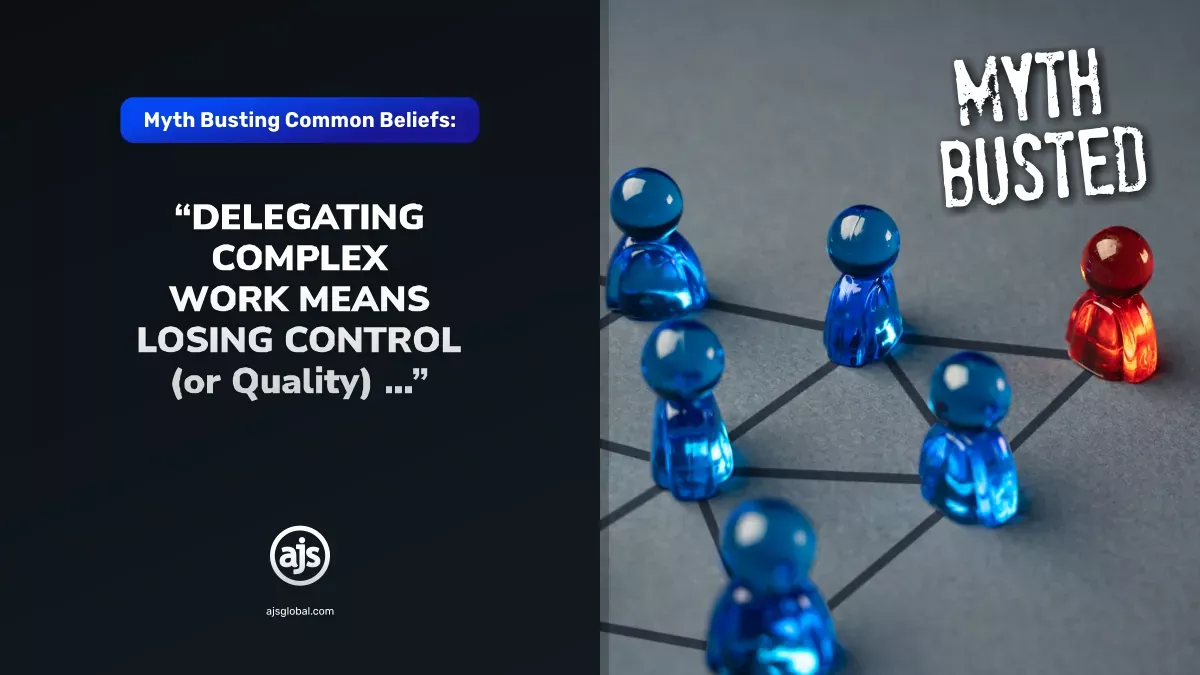INTEROPERABILITY
Interoperable? I have never heard of her!
What is interoperability?
- According to the Oxford Dictionary, interoperability refers to the ability of computer systems or software to exchange and make use of information.
Together. Seamlessly. Working as one.
It sounds so Zen doesn’t it?
But it makes sense if you think about it. We needed a new word. Just like Larry Bridgesmith, CEO of Legal Alignment in his article Interoperability: Legal Tech’s Future, says. Something all encompassing. Something that would describe the notion of systems and software working together across platforms, across companies and across brands. I mean the words integration, customisation, individualisation have historically carried loads and loads of baggage along with them. And serious technological challenges. Challenges that don’t quite put user’s minds at ease – the integration of systems across two different software companies doesn’t quite describe the true Zen of the interoperability, now does it?
And, not surprisingly, the understanding of what interoperability actually is, especially in the legal tech world, still seems to be shrouded in mystery.
No wonder, quite frankly. No-one really knows what it is.
The legal-tech revolution
Remember, it has only been fairly recently that legal professionals (across the globe), due to a myriad of reasons like COVID and work from home situations or due to more forward thinking approaches like – we need to move together with our technologically advanced clients – made the move towards adopting new cutting edge and technologically savvy legal practices. Where their entire practice is online and can be accessed from one platform (almost). No matter where the legal practitioner physically is. A legal revolution, of sorts.
Legal technology is seemingly flourishing! By quantum leaps, some might say. I mean, who would have thought that those previously slow to change, would almost be at the forefront of it (ok that may be a slight over exaggeration. But you get the point?).
Legal organisations, including law firms and in-house law departments (after accepting the necessity for legal-tech) now have access to an abundance of new legal-tech solutions with applications both within the business and within the practice of law. But as mentioned in the article, Data Standards: Helping Your Legal Tech Applications Talk To Each Other, this abundance of technology, presents its own set of challenges, “especially in the way those applications approach interoperability” (refer above if the definition did not quite sink in yet).
But interoperability between legal-tech is needed. And badly.
Why this deep need for interoperability?
Participants in the legal market acknowledge that legal tech will play an important role in streamlining workflows and improving the efficiency and quality of legal work, for years to come. But, at the same time, much of the development of the legal tech (to date) has come in the form of single point solutions that solve only one immediate problem. Unfortunately being unable to integrate well with other solutions and an organization’s internal workflow systems.
Simply put – the solutions don’t play well together. Which poses a problem.
From the perspective of the users of legal-tech, the current fragmentation and lack of standardisation across the systems creates a number of distinct problems. Firstly, there is the problem of simply evaluating, acquiring, and deploying the right technology to address your organisation’s needs. And for those not quite in the know (yet) this can be a daunting (and infuriating) task.
Legal-tech needs to enable easy access to documents, case management, document automation, legal accounting and practice management. But not all the solutions adopted by legal practices are able to perform all of these functions from the same platform. And that often results in the use of multiple solutions across multiple providers.
Another problem – legal tech is notorious for its long sales cycles, and part of that problem stems from the fact that purchasing multiple point solutions requires this cycle to be repeated with every vendor. Simply resulting in cluster migraines and inefficiencies for both legal practitioner and client.
That needs to change and working together, seamlessly is the only way.
So, what’s the low-down?
The problem of having access to all this new software — often provided by different vendors and using different data standards — is getting it all to work together. Getting it all to “be at one with one another”. In the true Zen like manner that is interoperability.
You see, most firms (especially when starting out) will first install the software that is most needed, like accounting software (in order to manage their bookkeeping and ensure that money starts rolling in). Invariably on a mission to acquire (and retain) more clients, firms will go the standalone route and install other specific case management systems, along with separate systems for reporting and document management. Thinking it to be more cost effective. But legal workers (across the practice) rarely use one application in isolation. Instead they will move though matters and through various applications from intake, to applications such as document review or drafting, and on to billing. And this often results in the different systems being addressed with disparate software that just doesn’t see eye to eye. Causing immense frustration to the user who is being held back from completing tasks due to software that does not speak the same language.
You see, what usually happens is that the proper planning of an integrated business management software system takes a back seat to short-term revenue acceleration goals. As a consequence, various disparate applications are installed at different points in time in various functional areas, resulting in business process inefficiencies and software integration challenges. The result – the legal tech employed, by and large, simply does not work.
All the crayons in the crayon box but no colouring book
As we can see from the above and for all that legal tech can do, there’s one crucial thing that it doesn’t do particularly well – interoperability. According to the Thomson Reuters article, How to bridge the gaps between legal tech, this lack of interconnectedness is where attorney productivity often slows down as a result.
You see, legal tech developers have, for the most part, “been designing tools for a single function or narrow set of tasks, such as legal research or document management. These are powerful capabilities. But people move between these tasks and platforms numerous times throughout their workdays. Attorneys often need to shift between a firm’s internal IT systems and third-party applications to complete a single task. They also need to share information and data with clients and colleagues – a time-consuming process when there are different platforms to navigate”. Single point solutions solve a specific problem. However, in doing so, they create new problems due to the variety of legal tech solutions on the market.
Clients want to be able to seamlessly transfer data from one product to another. And what’s more – those different platforms have varying degrees of security, which could result in a firm putting sensitive client information at risk. And that is a definite no-no – just take a look at the General Data Protection Regulation (GDPR) and the Protection of Personal Information Act, as a guide to sensitive client information..
But despite industry demands, and according to Law.Com’s article Despite Demand, Interoperability Is Still a Rarity Amid ‘Legal Tech Islands’, legal tech companies still haven’t fully jumped on the interoperability bandwagon. Simply assuring their users that rigid coding is slowly being replaced as legal tech developers embrace a consistent legal standard and a modern design approach.
But will this “standardisation” enable the various software programmes to talk to one another?
We used to say that lawyers worked like silos. Legal professionals were scorned for keeping too much information to themselves. And companies around the globe looked to legal-tech providers to influence the change in law firms’ culture. But, they seem to now be forming part of the problem – instead of improving efficiency this inability to work across platforms, once again causes delays within legal practices. Not ensuring the improved efficiency and turnaround times that legal-tech once promised.
All those technologies you implemented to save time can lead to more manual work as you try to connect uncooperative touchpoints.
So what might interoperable legal-tech look like?
Thomson Reuters asked the same question in their article How to bridge the gaps between legal tech.
A platform that serves as a single interface for everyone at the firm, regardless of which systems they need to access, emulating the seamless interactions found in modern consumer tech.
An integrated collection of software especially created to work on closely related programs. All programs accessed via a common launching pad i.e. the data for all of the departments within your practice all stored in one program. The different integrated aspects, add-ons and plugins of the program working together seamlessly. Employees from various departments accessing information from other departments without the need for complicated conversions and data manipulation. And that will, inevitably, improve your overall effectiveness and efficiency.
Something imagined by Larry Bridgesmith in his article – each lawyer could create their own practice specific dashboard with single sign on verification and find (or automatically be provided with) all the data necessary to serve the client with little waste and great accuracy.
Access to real time data would be possible through the concept of interoperability. Does your opposition rely on a case that the Constitutional Court ruled against? Interoperability will inform you in real time.
This transformation will speed access to justice, reduce the costs of legal services, improve the profitability for those who provide it and begin to narrow the gap for those who currently have no access to legal professional assistance. Each technology solution that joins in the interoperability ethosphere will become more valuable than it ever would have been by simply retaining its data in an impenetrable silo.
Instead of fighting over a larger piece of the pie, legal technology interoperability will make the pie bigger to the benefit of all in the legal service delivery industry.
The possibilities are endless!
At AJS we pride ourselves on being market leaders where our integrated product suites are concerned. To be honest, we designed our systems with interoperability in mind – all our systems and products operate seamlessly as one. There are also a number of seamless integrations already in place as well as in the development pipeline – truly believing in the Zen of interoperability.
We too believe that the possibilities are endless!
Get in touch, today to see how we may be able to assist your systems “play well together”. We can’t promise (yet) that we can work miracles. But we will do our utmost to try!
Written by Alicia Koch on behalf of AJS





Pingback: THE TECH SERIES - AJS South Africa